Marker Number 2564 Elevation 706 m | Designated 1936 Atlas Number 5371002564 | |
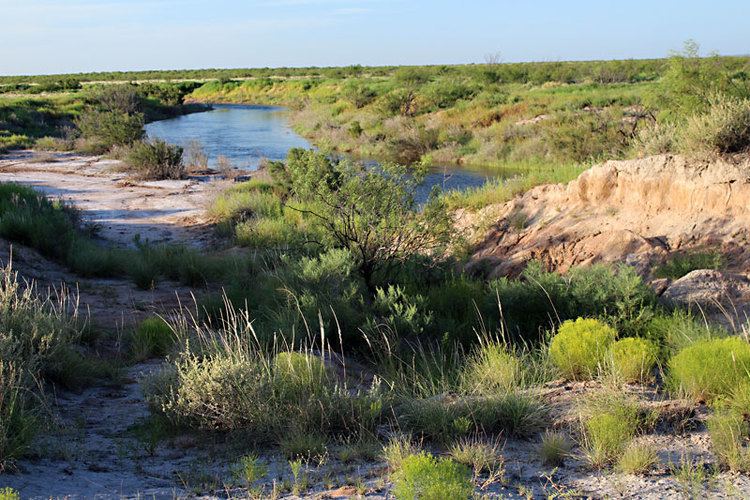 | ||
Similar Fort Chadbourne, Fort Belknap, Great Western Cattle Trail, Fort Lancaster, Fort Concho | ||
Horsehead Crossing is a ford on the Pecos River in Crane County, southeast of Odessa, Texas. Historically it was a major landmark on the trail west as one of a few fordable sections of the Pecos in West Texas, and as a first source of water for about 75 miles on the route from the east.
Contents
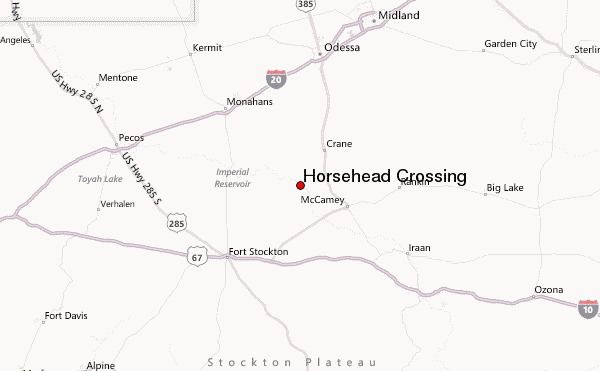
The location as marked by a state historical marker is 31°14' N, 102°29' W, though there is debate as to possible alternate locations in that area. U.S. Geological Survey locates it at 31°14′08″N 102°29′02″W.
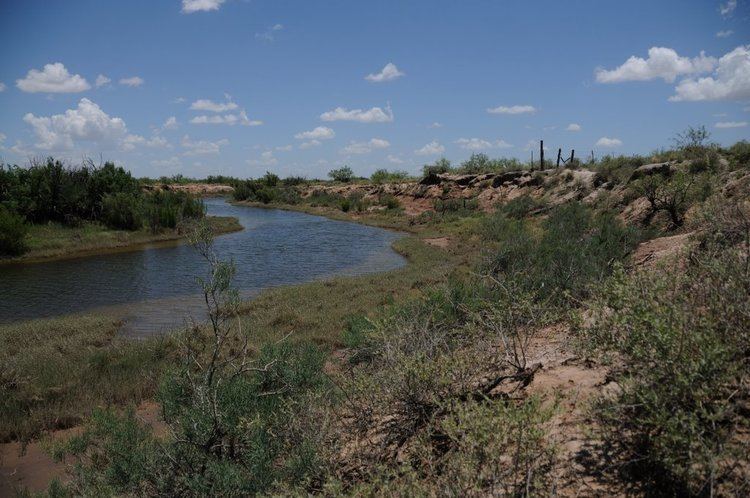
Odessa after dark episode 29 horsehead crossing buried treasure
History
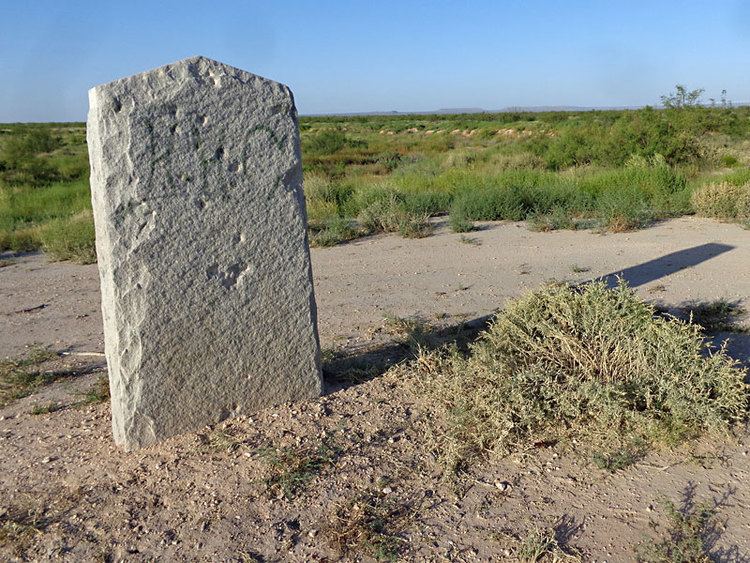
Horsehead Crossing was the primary crossing on the Pecos for the Comanche Trail from the Llano Estacado south to Mexico. It was probably a prehistoric crossing by earlier Native Americans.
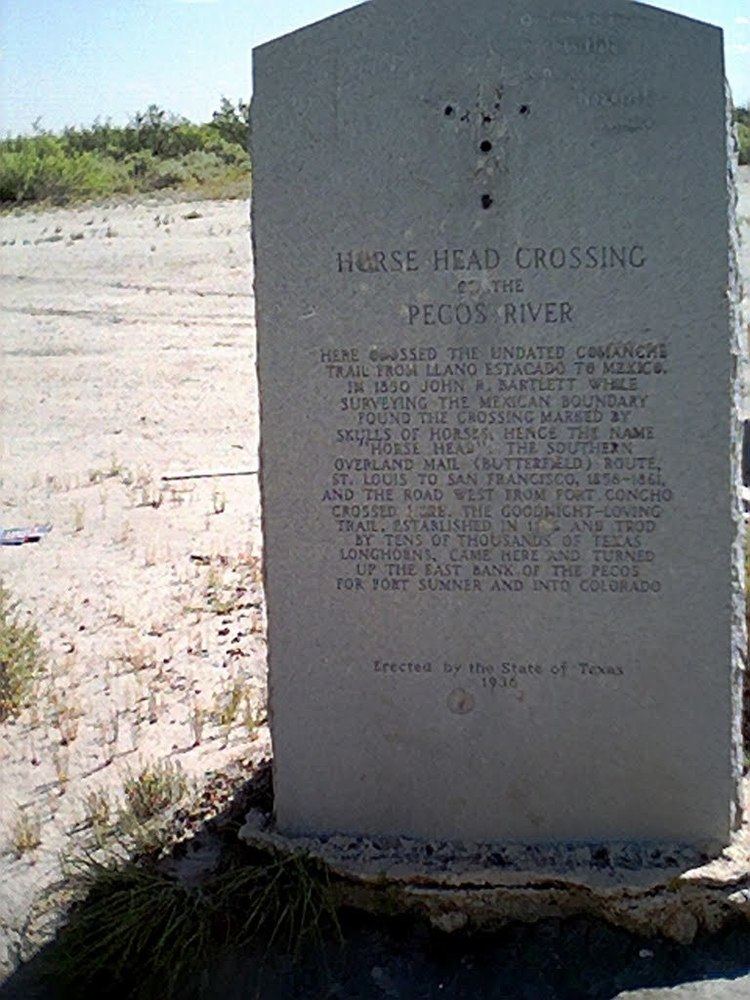
The ford was mapped in 1849 by Randolph B. Marcy, commander of an army escort for parties on their way to California on the San Antonio-El Paso Road. In 1858, the crossing became an important stop on the Butterfield Overland Mail route from St. Louis to San Francisco. In 1866, Charles Goodnight and Oliver Loving blazed their famous cattle trail, which came to this point and turned upriver.
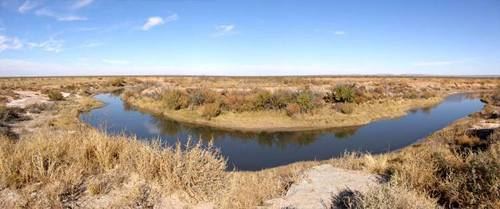
Decline of cattle drives and completion of two railroads across west Texas in the early 1880s led to the abandonment of the crossing.
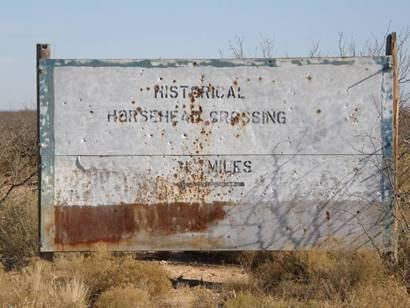
Source of the name "Horsehead" has been attributed to horse skulls said to have marked the banks. This may have been due to Comanches that marked the crossing for easier identification, or the abundance of animals that died at the crossing from drowning, quick-sand, or over-drinking while being driven along the Comanche Trail returning from Mexico.
